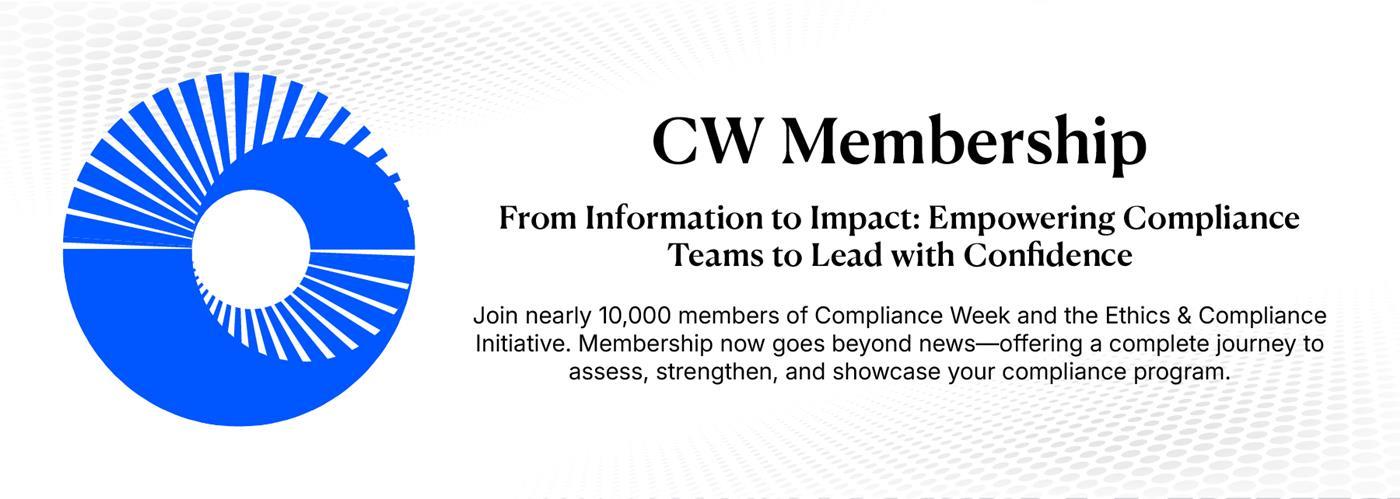How compliance monitoring can create a stronger foundation for AI, emerging technologies

The era of artificial intelligence (AI) adoption is testing the old ways of doing compliance, underscoring the need for continuous monitoring. Compliance isn’t a one-and-done activity, but sometimes organizational incentives and goals fail to prioritize the importance of this.
While your organization may only need to conduct an audit annually, compliance is a continuous process. Factors are constantly changing, whether it’s new regulations, the adoption of new technologies, or new threats arising.
As organizations rapidly adopt AI, a host of new security risks and compliance concerns proliferate, and leaders across the spectrum are quickly trying to put guardrails in place. A proven approach to staying ahead is continuous controls monitoring (CCM). When leaders have visibility into the compliance posture of information and technology they own, they are empowered to make better tech decisions.
THIS IS MEMBERS-ONLY CONTENT
You are not logged in and do not have access to members-only content.
If you are already a registered user or a member, SIGN IN now.












